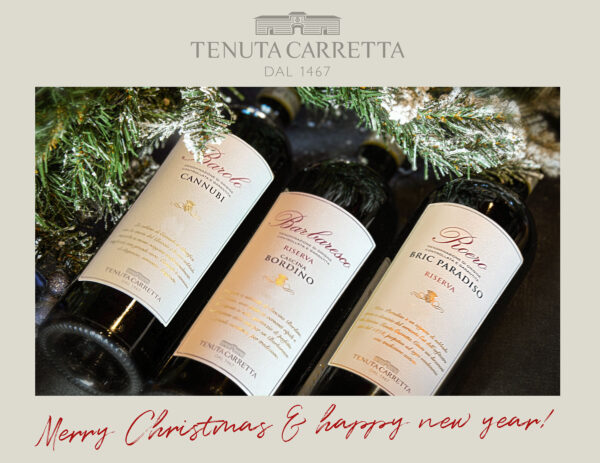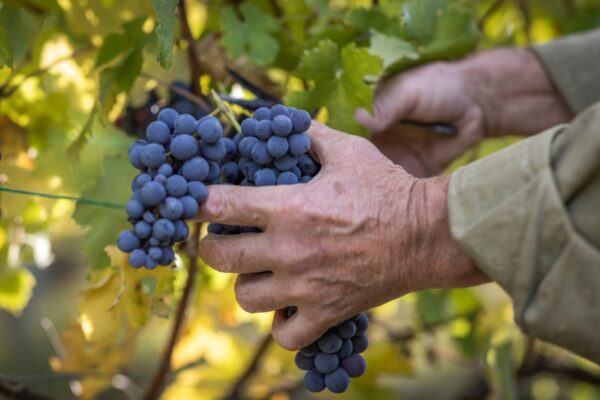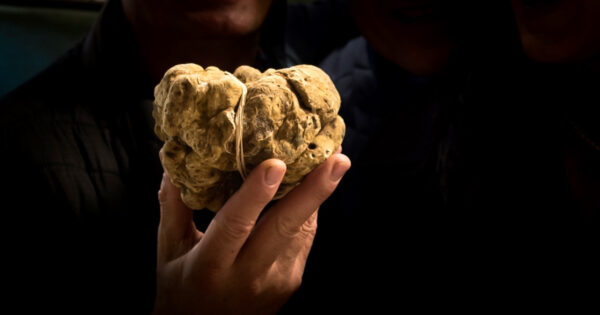• Winery
Roero and Langhe, what are the differences?
Reading time in
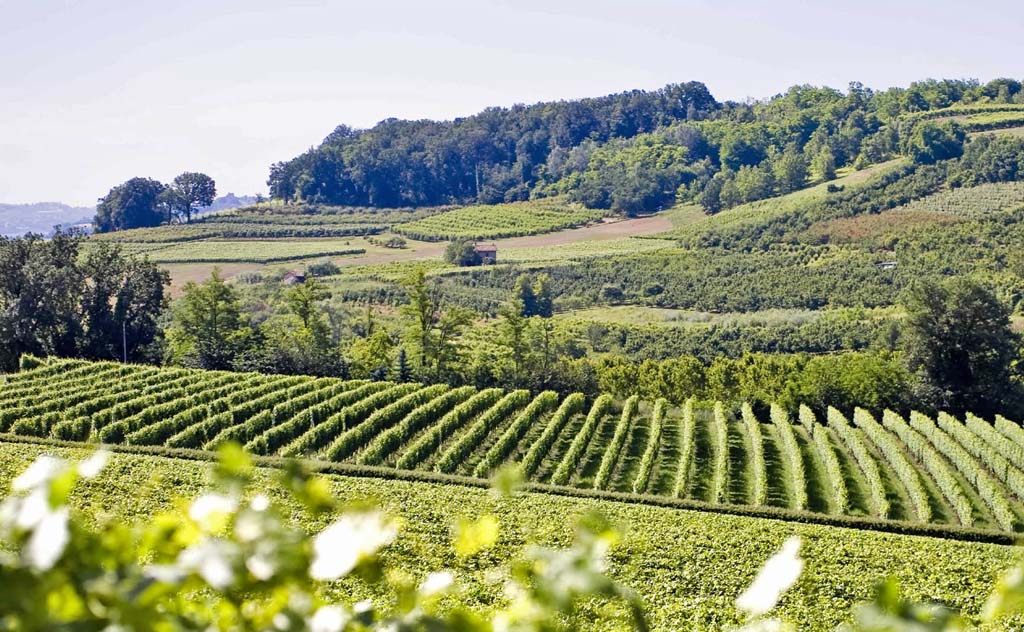
What are the differences between Roero and Langhe?
To understand how Langhe and Roero differ, let us take a look at the map of southern Piedmont, precisely that portion of the territory that rises from the Ligurian Apennines toward Turin.
Heading from South to North, one will immediately notice that, at the height of Alba, the Tanaro River is the only natural boundary of the area, which would otherwise be a seamless hill system. Roero is exactly the part of the hills that lies on the left bank of the Tanaro, indicatively included between Alba and Montà (in a South-North direction), and Sommariva del Bosco and Cisterna d’Asti (in a West-East direction). All that lies on the orographic right of the Tanaro River, from Alba to Saliceto, and from Farigliano to the Bromida River, is the vast territory of the Langhe.
Having made this distinction, however, it is worth pointing out that while the Roero can be said to be a basically compact land, the Langhe are divided instead into Bassa and Alta Langa. The former is the most anthropized area, the one with the most vineyards and the best known: those of the Barolo and Barbaresco hills. The Alta Langa, on the other hand, is wilder, rich in woods and decidedly less inhabited. Here hazelnut crops dominate even though the vineyard, year after year, is regaining its space.
MORPHOLOGY
Langhe | The Langhe are very ancient formations, born from the uplift of sea beds. The appearance of the Langhe is that of rolling hills that form broad valleys growing in height until they turn into the Apennines along the border with Liguria. The Bassa Langa is dotted with villages, castles and towns. It overlooks the course of the Tanaro River and is the productive heart of viticulture
Roero | Characterized by irregular, jagged hills, the Roero is far more varied than the neighboring Langa: vegetable gardens, deciduous and chestnut woods, orchards, small lakes and, above all, the Rocche, imposing gullies that suddenly break up the landscape, creating rock ramparts and canyons up to hundreds of meters deep, immediately evident because they expose the belly of the hill: yellow sandstone that characterizes the soils here.
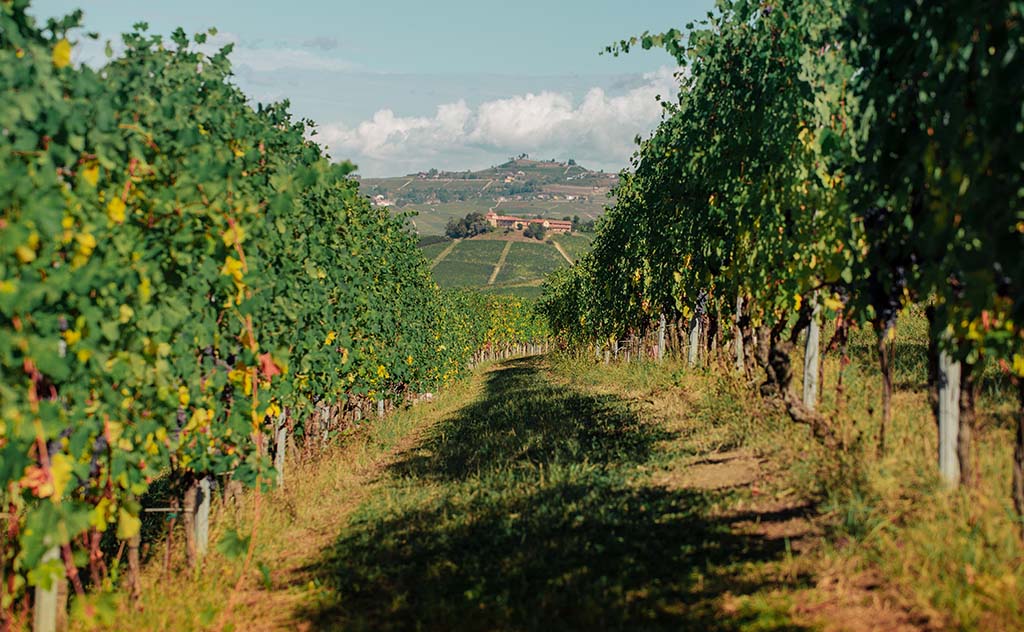
Il vigneto Cannubi di Tenuta Carretta, a Barolo, nelle Langhe
GEOLOGY
Langhe | The geological structure of the Langhe was created during the Miocene period, 15 million years ago, resulting in a solid and compact soil. The hills composed of sedimentary rock dating from the Oligocene and Miocene epochs raised by the collision of the European and African plates. The soils are composed of a substrate of clay, limestone marls, blue clay marls and sulfide gypsum that become increasingly rocky as they approach the Apennines. These are poor, low-fertile soils, quite droughty, which “stress” the vines and force the roots to go down deep to search for nutrients and microelements.
Roero | Although it borders the Langhe and is, geologically, an extension of it, the Roero has developed soils of its own. In the Pliocene (between 6 and 2 million years ago) the Roero was a coastal zone, with tropical-type climatic characteristics. Simplifying, the Roero was the “beach” of the Langhe, whose soils originated instead from deep sea beds, characterized by marls, that is, rocks of clay and limestone origin compacted by sea pressure. Even today it is possible to find fossilized shells, leaves or tree trunks in the Roero, and, more rarely, small fish, a sign that we were in shallow waters with lush riparian vegetation. The soils of the Roero are therefore younger than those of the Langhe, generally softer and with better permeability, due to a significantly higher percentage in sand.
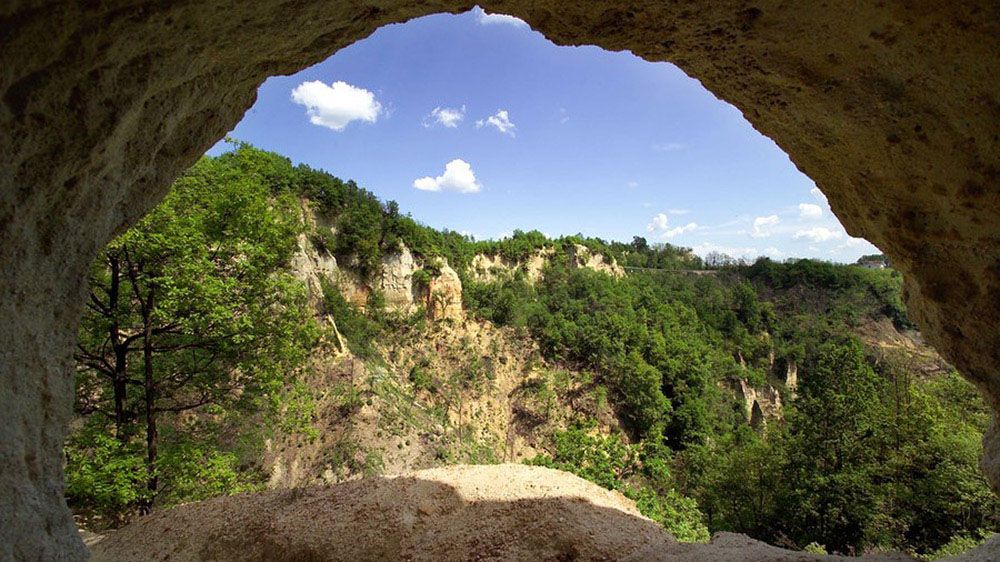
Vista dalle Rocche del Roero
FROM LAND TO WINE
So, what kind of wines are produced in the respective territories?
Langhe | White marls, blue marls and limestone provide the ideal soil for the development of viticulture and the creation of memorable wines. The clay substrates give structure, body and muscle to the wines, which can achieve considerable power. Limestone, sands and microelements represent the “feminine” side of the Langhe, which has its expression in the elegance, fragrance and delicate complexity of aromas.
Roero | If we were to gather the wines of Roero under one definition, we could use the word: “finesse.” The sandy and calcareous soils of the left bank of the Tanaro (thanks to the contribution of fossils) give fine and elegant wines, which counterbalance the powerful and austere body of their Langa cousins with greater levity, lightness and freshness. It goes without saying that the more sandy and chalky areas will be perfect for white wines (such as Arneis and Favorita), while those where sand and clay predominate will suit the area’s reds (such as Roero, Barbera and Nebbiolo d’Alba), which acquire austerity and can also cope with aging.
